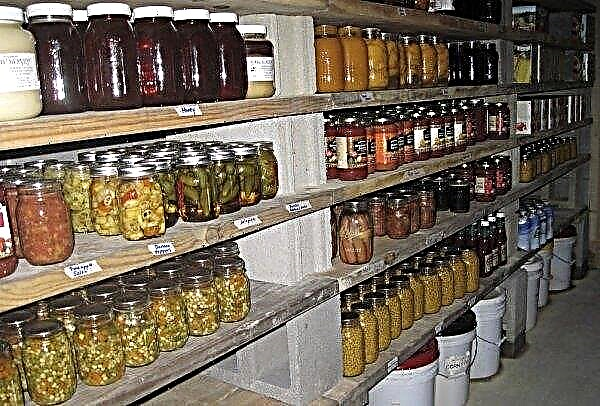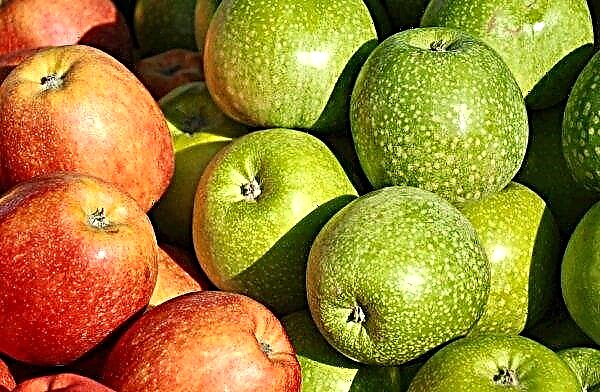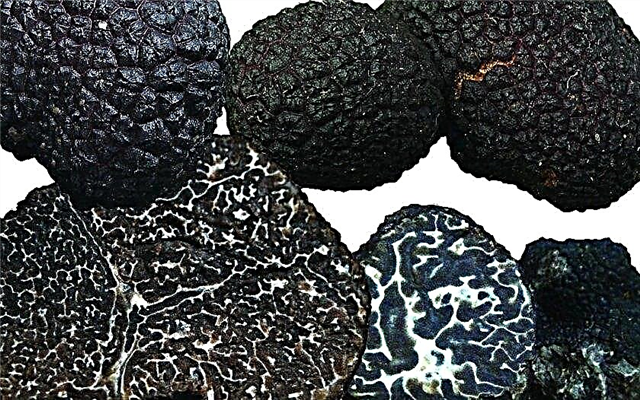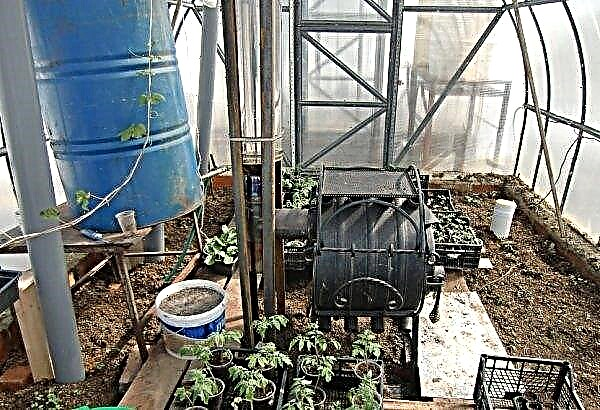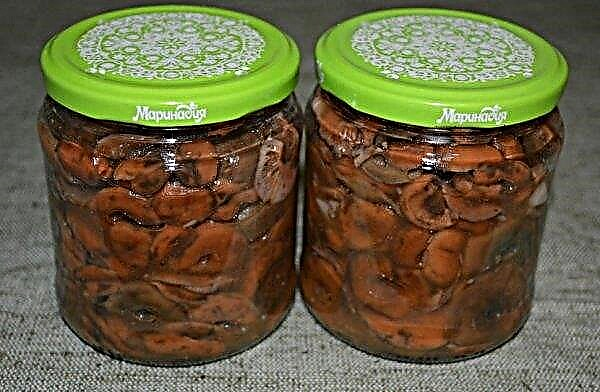Turnip is a useful root crop, and I don’t want to say goodbye to it for the winter period. Therefore, it is not necessary - today you will learn how to properly freeze this product in order to maintain the maximum of its beneficial properties and add to your diet even in the cold, “non-seasonal” season.
Important! Damaged or diseased turnips cannot be stored - they are dangerous to your health.
Basic rules for choosing turnips
Before proceeding with the freezing procedure, it is important to pay attention to the source material. Root crops must be ripened, not overgrown, sufficiently elastic and dense. It is better to take instances of small or medium sizes. The variety is also important, since there are varieties designed exclusively for fresh greens and young shoots. Root crops of such varieties do not freeze, but in this case the upper part of the plant, that is, greens, is suitable for freezing.
How to freeze turnips at home
Choosing the right product, you can begin the process of freezing. The first step is preparing the turnips.
It goes through four stages:
- It is necessary to thoroughly clean the root crop from dirt on the peel. To do this, rinse it under running water, then leave it in the water for a while - 10-15 minutes will be enough - and wash off the remaining dirt.
- Check the quality of each root crop - it is advisable to use soft ones in the near future, and not freeze them.
- Peel root vegetables.
- Now the peeled product should be cut in any way convenient for you - focus on the usual slicing that you use when cooking.
Did you know? Turnip is an excellent antiseptic and antidepressant due to the high content of succinic acid - a natural biostimulant.
The second step is blanching of the root crop, which takes place in six stages:
- In a large pan you need to heat the water to a strong boil.
- At the same time, prepare another roomy dish: it should contain the most cold water. For a lower water temperature, we recommend throwing ice cubes into the tank. Place this ice bath is not far from the stove.
- Prepared and chopped root vegetable in boiling water and leave there for two to three minutes.
- After the specified time, it is necessary to get it out of hot water, using a slotted spoon - so hot water flows back into the pan.
- Next, the product should be placed in a container of ice water and kept there for 2 to 5 minutes - depending on the size of the cut: smaller pieces will cool faster, but larger bars will need more time.
- Then pour the slices into a colander and leave for a while to let the glass contain as much liquid as possible.
 For one such approach, you can blanch no more than 300-400 grams. The blanching procedure should be carried out at least twice. If you decide to freeze the upper, green part, do the same manipulations as with the root crop, but keep the greens in cold water for no longer than two minutes.
For one such approach, you can blanch no more than 300-400 grams. The blanching procedure should be carried out at least twice. If you decide to freeze the upper, green part, do the same manipulations as with the root crop, but keep the greens in cold water for no longer than two minutes.Important! You can store such blanks in the refrigerator, however, it is important to understand that in this case the shelf life of the product is reduced to three weeks.
After this, you can begin to freeze the vegetable harvest itself, which takes place in three stages:
- After washing and blanching, the slices must be dried. To do this, you can use kitchen or paper towels.
- After drying, they should be placed in a hermetically sealed container or a tight bag with a clasp. The selected container must be filled so that about 1.5 cm of free space is left. If you use a bag, you need to let out all the air from it so that it remains as small as possible. Only then can the container be closed or sealed.
- Place bags in the freezer.

Features turnip defrosting
Defrosting is an equally important stage in the preparation of the root crop. Turnip refers to products that can be stored in the freezer for a long time - up to 10 months. However, if the root crop stays in the freezer for too long, it will lose taste and be less beneficial to the body. Therefore, it is highly advisable to use the product for two to three months, so that it retains a maximum of vitamins and gives the dishes a rich taste and aroma.
It is also important to take exactly the amount of product that is needed to prepare the dish, since the root crop cannot be subjected to repeated freezing. Because of this, it is better to use small containers for freezing - so you will avoid the need to throw away the turnips left after cooking.
Did you know? If in ancient times turnip was a common product among the poorest segments of the population, today it can also be found in expensive restaurants. With the help of this root crop, cooks return dehydrated meat juiciness and rich aroma.
Other ways to save turnips for the winter
There are other methods for storing turnip, thanks to which it will retain useful properties. These include canning and drying - in a special dryer for vegetables or in the oven at low temperature. Turnip is subject to pickling or pickling. After such manipulations with the product, you can use it for a year. Also, turnips can be stored at home fresh. The root crop is stored in the refrigerator, cellar, vegetable pit or even on a glassed-in balcony, if you live in an apartment. In this case, you need to inspect the stocks every six months for signs of rot or lethargy - you should get rid of spoiled root crops immediately. If you neglect the routine inspection, you can accelerate the spread of infection or disease to the entire crop from a single infected root crop.
Also, turnips can be stored at home fresh. The root crop is stored in the refrigerator, cellar, vegetable pit or even on a glassed-in balcony, if you live in an apartment. In this case, you need to inspect the stocks every six months for signs of rot or lethargy - you should get rid of spoiled root crops immediately. If you neglect the routine inspection, you can accelerate the spread of infection or disease to the entire crop from a single infected root crop.
Useful cooking tips
Cooking turnip dishes has several secrets that should be noted:
- To raw turnip is not bitter, it must be scalded with boiling water before use.
- Turnip goes well with many products - from herbs, garlic and mustard seeds to dried apricots and raisins.
- In raw form, this product is great for making salads.
- This root crop can be stuffed with a variety of fillings, including sweet ones. First, you need to boil it until half cooked, then cut the top, remove the core, put the filling there, cover with the cut part and send to ripen in the oven.
- Turnip with honey is not only a tasty treat, but also an effective cure for colds.
So, now you know how not to stay in the winter without vitamins. Follow the basic rules for processing turnips for long-term storage and choose the option that is most suitable for you - both in complexity and in taste.

